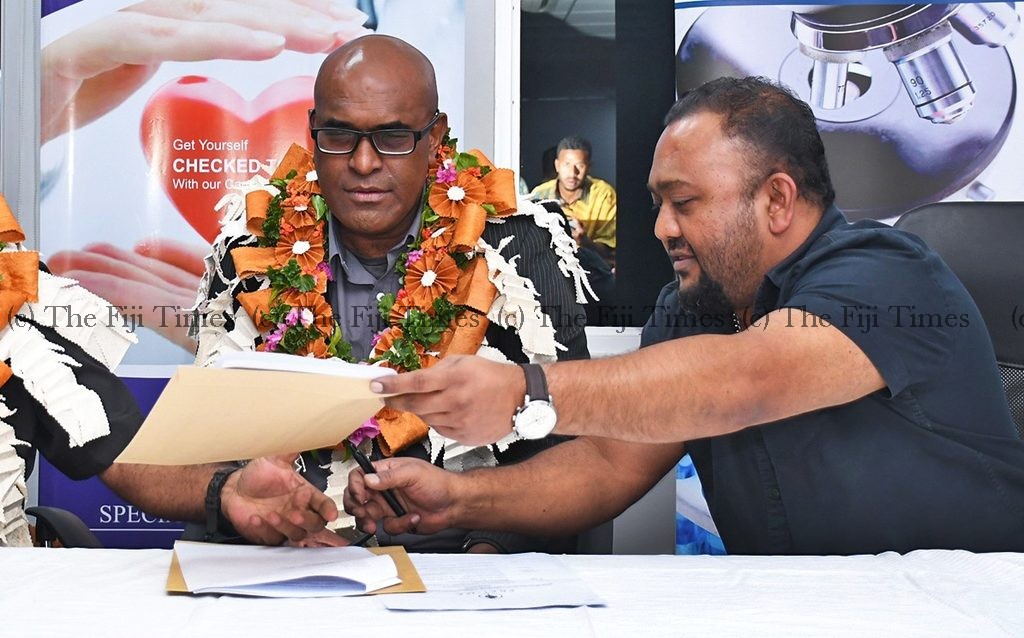THE development of Fiji’s first local pharmaceutical drug manufacturing plant makes it one of the first of its kind in the Pacific, says Health Minister Dr Atonio Lalabalavu.
He told those at the launch of the plant on Monday this would be of great economic benefit for the Government and the health sector.
“I am informed the plant will be developed in conjunction with the Pratima Pharmaceutical Industries, a sister company of PSH,” he said.
Pratima Pharmaceutical Industries is a subsidiary of the Pacific Specialist Healthcare (PSH Hospitals), which Dr Lalabalavu said would have the capacity to conduct medicine testing, research and development.
“The Ministry of Health and Medical Services acknowledges this ambitious project by PSH and is supportive of such initiatives that grow the private health sector in Fiji and strengthen the role of the public and private health system in delivering timely healthcare service to our people.”
Dr Lalabalavu said the project would create jobs during construction and foreign revenue through the export of medicines abroad in the long term.
PSH Hospitals founder and CEO Parvish Kumar said the project would improve Fiji’s capability to manufacture medicine and validate herbal medicine.
“This pharma plant solves many problems, there are two that are actually very close to our hearts, both the problems actually involve drugs, the first is actually a pharmaceutical drug and the second an illicit drug,” he said.
“We are hoping that through this pharma project, we will be able to actually address both of them.”
Pratima Pharmaceutical Industries co-founder and adviser Dr Narayan Raju spoke about indigenous herbal products.
“If we establish a laboratory, a testing lab, if you have a testing laboratory, we can identify the active ingredient,” he said.
“Once we identify the active ingredient, people like us, I do all this testing, I have to find the mechanism of action.”
Dr Raju said once this was identified, it could then be packaged as an indigenous drug.
“I’m sure, if you go to the villages here, if a child is sick or an adult is sick, they give all these herbal products, and there must be something in that, but we don’t know what they are.
“This laboratory should be able to identify the active ingredient, and then we can do a little bit of testing and see what the mechanism action is, and then we can package it as a local product.”



